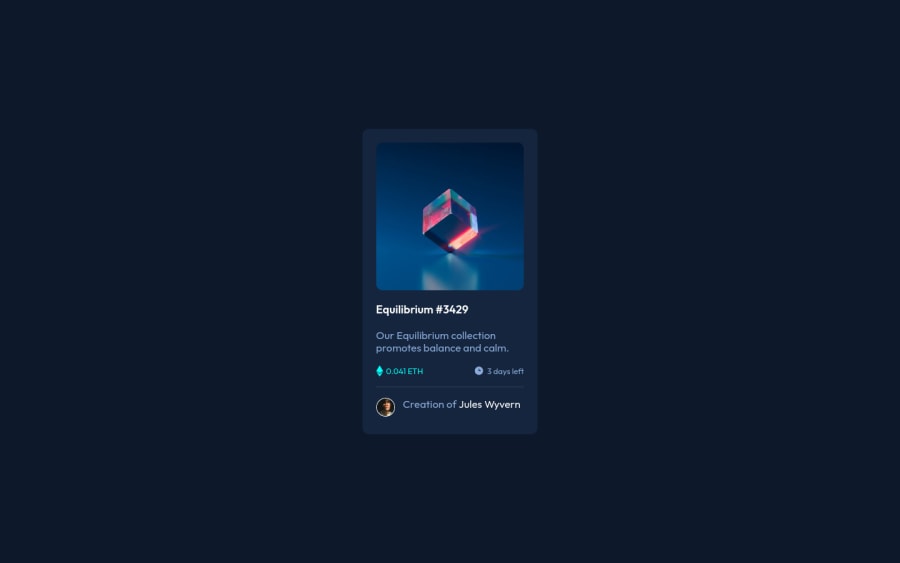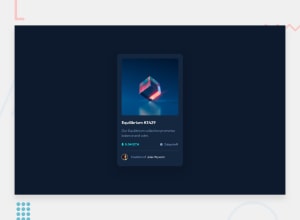
Submitted over 2 years ago
Semantic HTML5, markup CSS custom properties, Flexbox
@Tomi-Ajax
Design comparison
SolutionDesign
Solution retrospective
What did you find difficult while building the project?
- Doing the image hover overlay was a bit difficult
- Making my effect stick to the area I want was difficult
Community feedback
Please log in to post a comment
Log in with GitHubJoin our Discord community
Join thousands of Frontend Mentor community members taking the challenges, sharing resources, helping each other, and chatting about all things front-end!
Join our Discord
